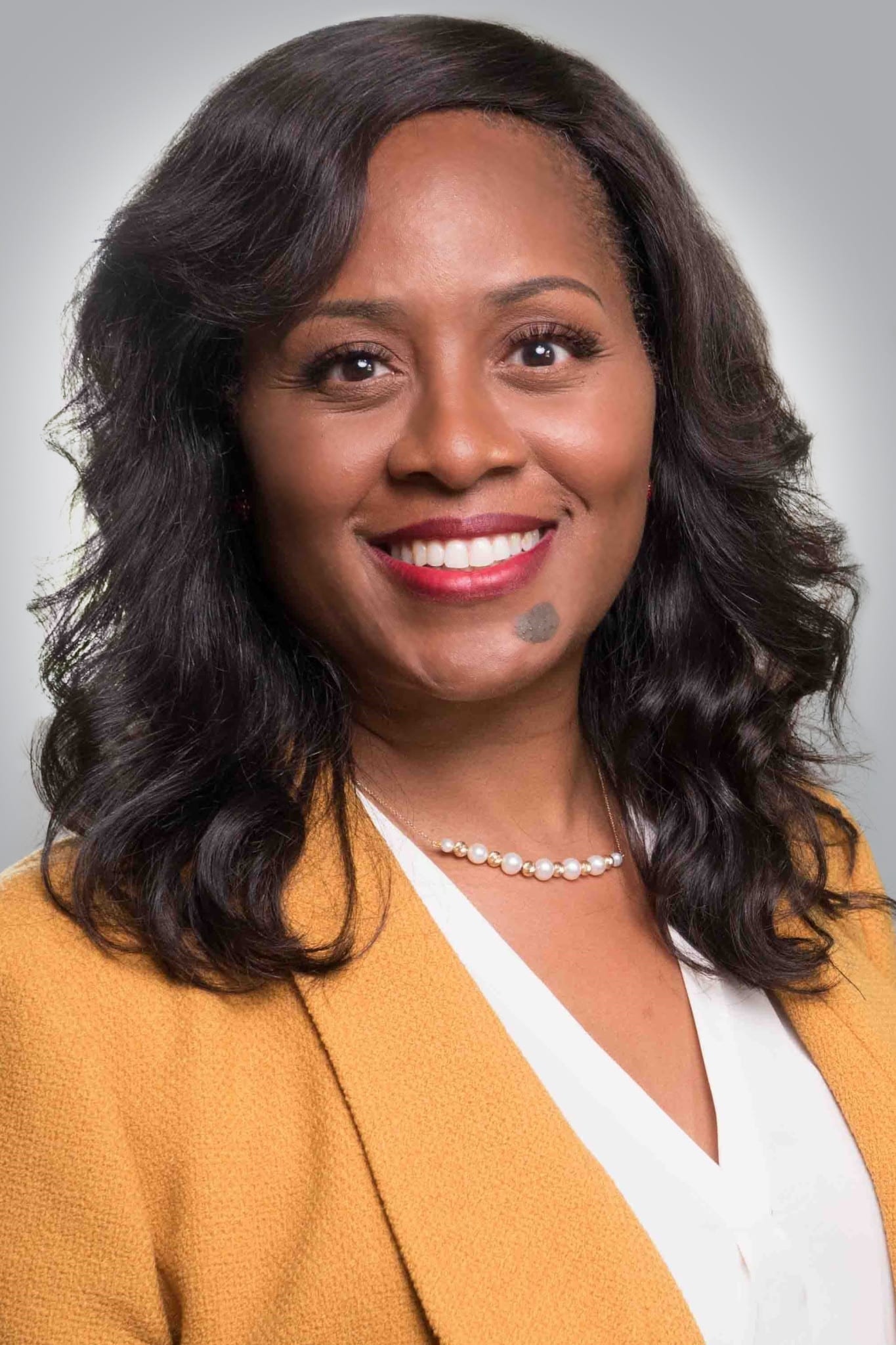
For many communicators, September is the traditional kick-off for budget season. With this in mind, we departed from our usual roundtable format of a single question and asked senior communicators to discuss budget priorities, best practices and how they request budgets for new programs.
 Evan Kraus
Evan Kraus
President, MD of Operations
APCO Worldwide
PRN : What budget priorities are you anticipating for APCO in the upcoming budget season?
Evan Kraus: We will continue to invest heavily in digital, in addition to our heavy investment in data and targeting technology.
As a high-end advisory firm we are developing intellectual property and other approaches to help clients deal with the demand to make their organizations more resilient and adaptable to market transformation.
PRN : What about training and personal development budgets?
Kraus: This year we launched a multi-year program to get every APCO professional around the world certified in the field of digital communications and opened an experimental technology lab in Dubai focused on AI, blockchain and other emerging technologies.
We also continue to invest in partnerships with our key clients in talent and services that enable us to provide better support over time. While none of these areas is new, all of them are evolving and so the kinds of investments required are new and growing.
PRN : Will budgets be aggressive this season at APCO?
Kraus: APCO is growing fast. As a private, employee-owned company we are blessed to be able to turn that growth directly into investment capital that we deploy to improve our service for our clients and get ahead of various market trends.
 Jerilan Greene
Jerilan Greene
Global Chief Communications Officer
YUM! Brands
PRN: In July you issued a CSR report and accompanying online site that features colorful charts and graphs and seems to upend the impression of the staid CSR report. Was the report more expensive to produce than previous iterations, and if so, how did you argue for the additional budget necessary?
Jerilan Greene: We didn’t have to fight for the budget for this item in particular. Yes, it was incrementally more than our past reports because we invested more. Essentially we re-allocated money from other things we’d been spending money on to [the report]. That’s just part of being strategic in our spending.
PRN: How does a new effort find budgeting at YUM!?
Greene: In my team we focus heavily on strategic planning and looking ahead. We’re always identifying what will be necessary for the next phase of a project. We have, in the fall generally, a period when of time when budgets and strategic plans are being considered.
So, well in advance of working on this particular project, my team was looking forward at the next 18 months and what we would need to communicate this effectively, so we incorporated the business rationale and the request for budgets as part of that. So we incorporated this into our annual planning and budgeting cycle.
PRN : Let’s look at a totally new idea at YUM! How does that find a budget? What’s the process?
Greene:Every budget [item] starts with an idea, I think. So before you even begin asking for money, clearly articulating a problem and what the solution is and what the idea is to deal with that, that’s part one. Making sure this is clear allows you to transition to the next step.
Part two is identifying shared interests. So if Yum! Corporate has an idea we have to look across each of our brands and see what are the shared interests for us to take action on that big idea. It’s important to look for the pro’s and con’s here so you can be clear in part three where each of the brands and divisions is coming from. Perhaps you’ll find here an external stakeholder who needs to be included.
The third piece is to look at upcoming milestones and the calendar over the next 18 months and see where you can create a conversation with the right internal stakeholders to build support for the idea. Out of those conversations you can determine what actions we will take. That’s the general process we follow when we are approaching a transformation or suggesting a change.
 Lisa Astor
Lisa Astor
SVP, Client Relations
PAN Communications
PRN: Does PAN have a traditional budgeting season?
Lisa Astor:When it comes to our clients, it depends…many of them have different fiscal-year calendars, so we adapt to them, but most are toward the end of the year, so, yes, we generally are about to begin budget season [in the coming weeks].
PRN: What will be PAN’s budget priorities for the upcoming year, particularly from the client relations viewpoint?
Astor:In terms of our spending and investment, I’m looking at the kinds of RFPs coming to the agency, and those are emphasizing influencer relations, in-depth social and paid social are priorities, as are many activities on the digital side. Nearly all the companies coming to us have some components of digital experience, but they want to go deeper. So they’re asking for us to have expertise in paid social and digital creative, such as infographics and podcasting. For many companies digital activities are no longer a nice-to-have but a must-have.
PRN: How does PAN adjust its budget to meet these demands?
Astor: We’ve built out a digital department, PAN Digital, which has a lot of those skills. But what’s exciting is the passion in our [general] employee base to deepen their skills in these areas. So we’ve budgeted and will continue to spend to get people Google Search certified and send people to courses and attend different events to deepen their skill set.
So for our people they might be doing a straight media relations program, but another might be a big, paid social campaign and creating influencer-relations strategies, so they get to expand their repertoire of skills as well. We’re [improving our skillset] through hiring, too.
PRN: What are your thoughts about 2019?
Astor:We’re super-excited, especially at this time of the year, because we’re meeting with clients and discussing new opportunities, seeing what capabilities and programs clients want to add. This is the time of year we sit back and say, ‘What can we do to raise the visibility for this client?’ We think outside the box a little bit.
PRN: Any budgeting best practices?
Astor: The budget season is a great time to think about what you can do better or differently in the year ahead. Poke holes in what you did during the year, but also look at what went really and think about what that means from a resource perspective and going into the new year. For example, if you did something very well in 2018 it might be because you increased resources [on something], so maybe you increase resources there even more in the new year.
 Michael Grant
Michael Grant
Director, Marketing & Communications
Canadian Society for Medical Laboratory Science
PRN: You’ve created a more robust video effort to raise public awareness about how members of the Canadian Society for Medical Laboratory Science contribute to Canadian healthcare. How did you request the higher budget to make this happen?
Michael Grant: We kept our first ask low, essentially a shoestring budget. We asked for $10,000 to create the first video, which we knew was not going to let us get a lot of professional help. Being in the Toronto area, where the arts are alive and well, we reached out to an independent filmmaker, so we didn’t pay top dollar.
We also decided to keep a lot of things in-house if we could. Our expertise was in storytelling and we had good writers on our team. They weren’t screenwriters, but we could adapt their writing for the video. We outsourced only the filmmaking.
PRN : What about the budget presentation? What was your strategy?
Grant: We culled our resources, edited down our video concept substantially and presented a budget package that was small enough for the organization to take a chance on. In our presentation we focused on definable goals (for production and distribution) and showed how we’d achieve them.
In the first year we had an ambitious social-sharing concept to distribute the video. It was sort of a contest. We said if the membership [of 14,000] shared the video with enough people in their social networks, the Society would pay for an airing of the video on a national news program here in Canada. That was the carrot to get members excited about sharing the video.
PRN: And it worked? You reached the goal?
Grant:Yes. A key on the budget side was keeping the request modest and presenting metrics that showed what success would look like. Each year we met our goals and our ask increased; it’s been accepted each year, I think, because we proved our ideas and goals were reachable and they tied into the organization’s goals.
PRN: What is the process for presenting a budget at CSMLS?
Grant: It’s changed over the years a little, but with the video proposal we pitched the then-director of communications, doing a high-level presentation of what we wanted to create and then talked about whether or not we could actually pull this off. That was brought to the executive level of the organization. We then would have taken this to the board and presented it. That’s how we got the resources to do this little video production.
CONTACT: [email protected] [email protected] [email protected] [email protected]
